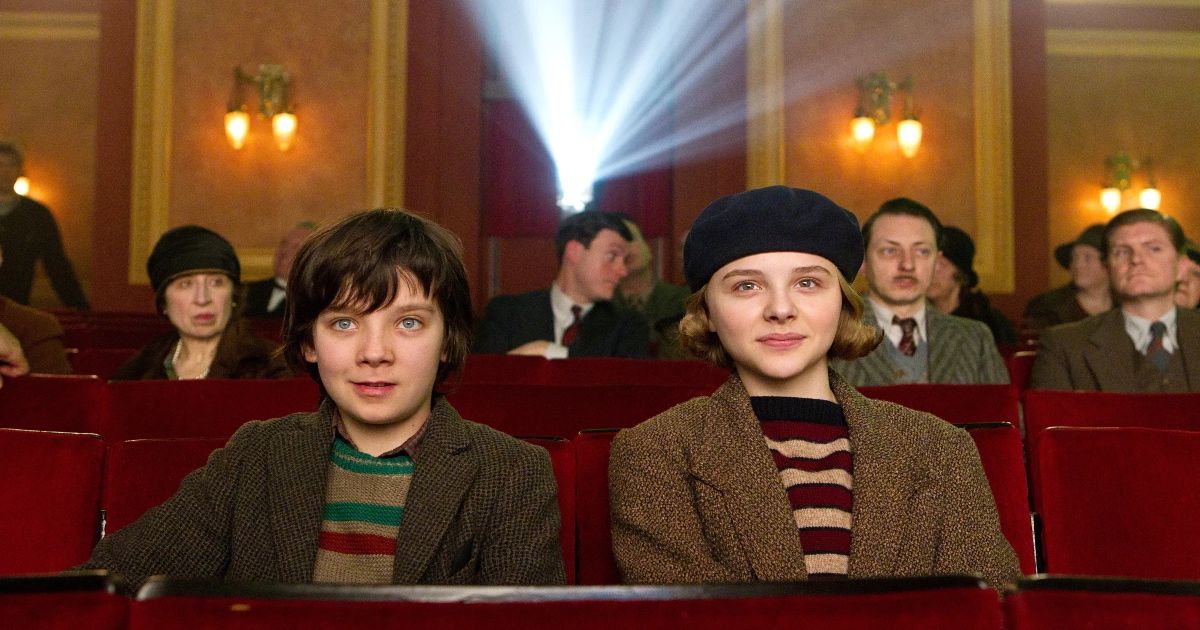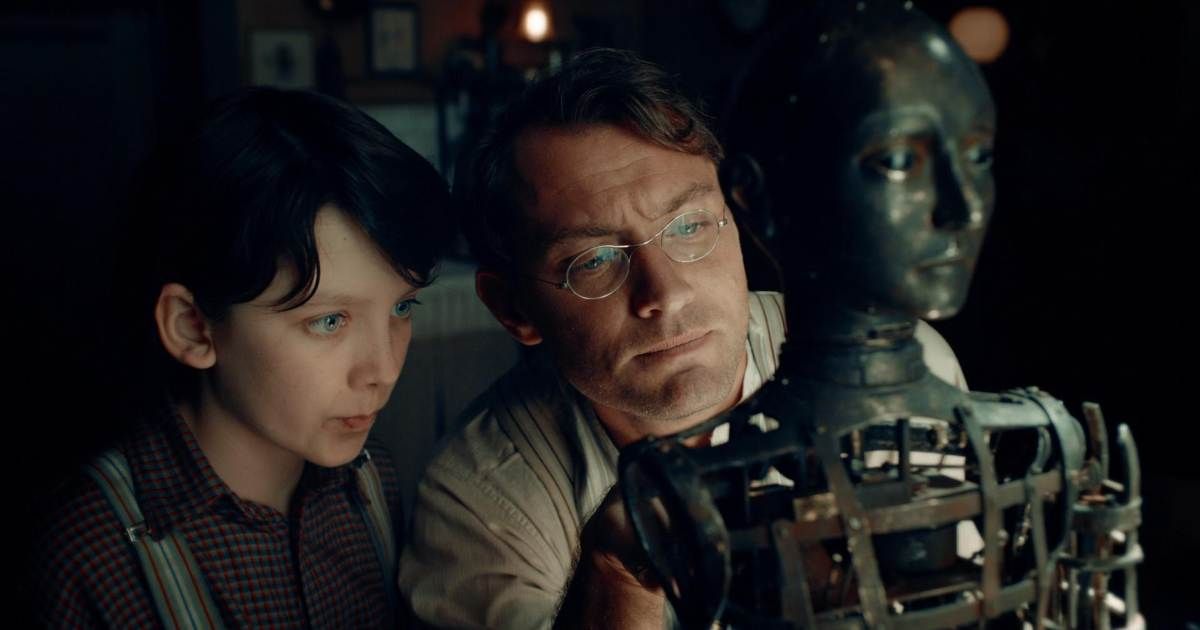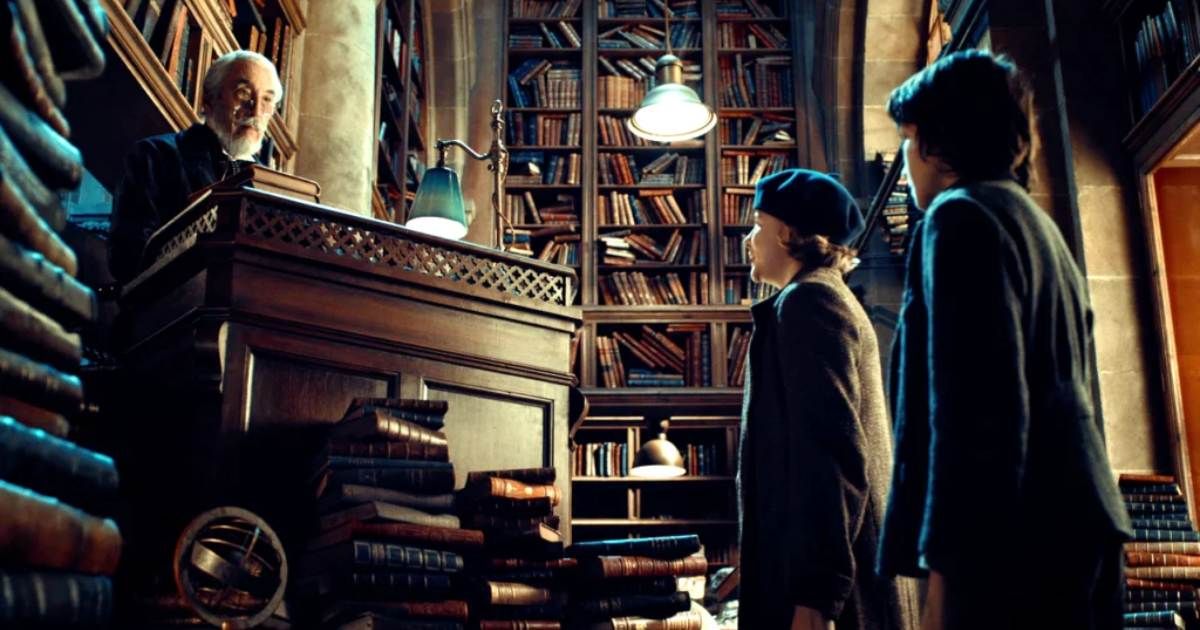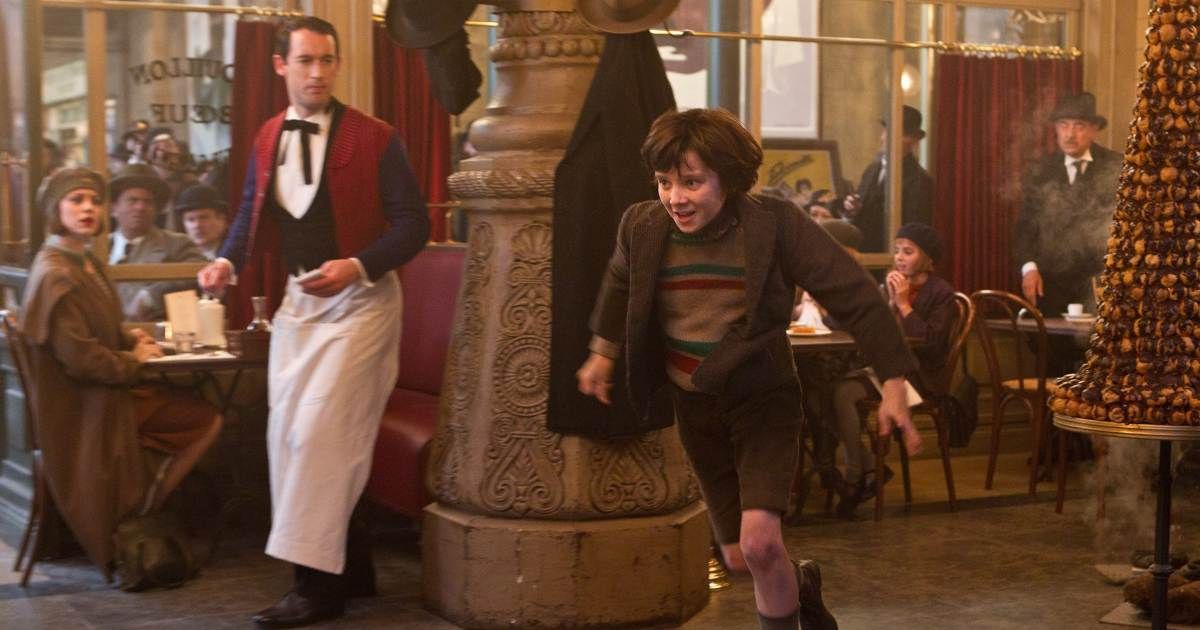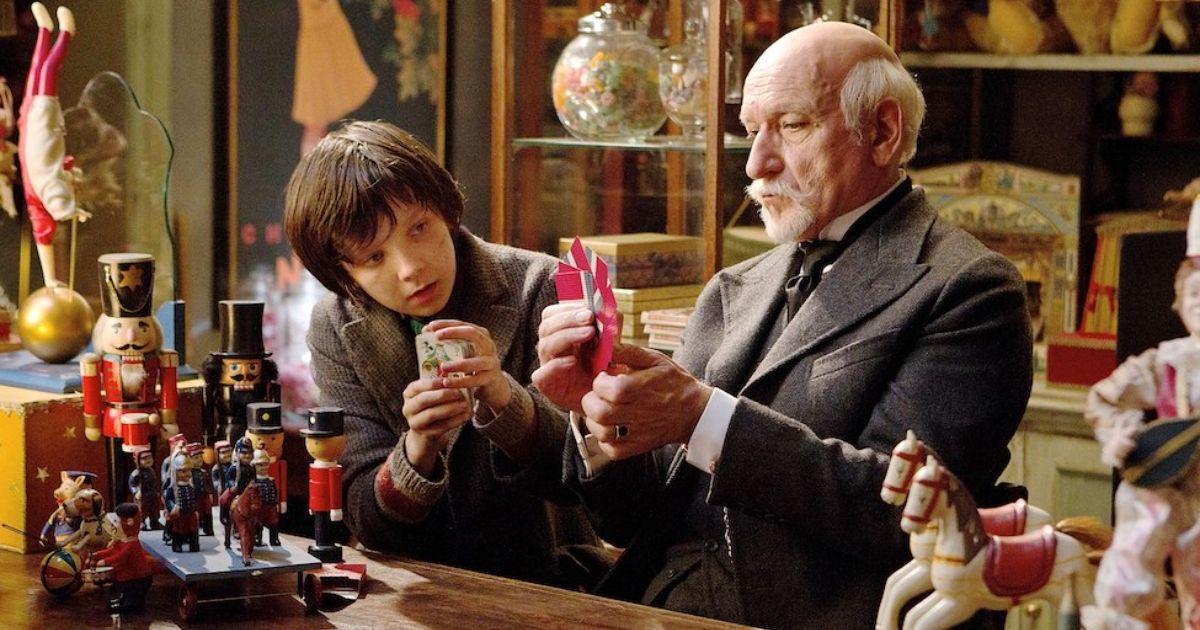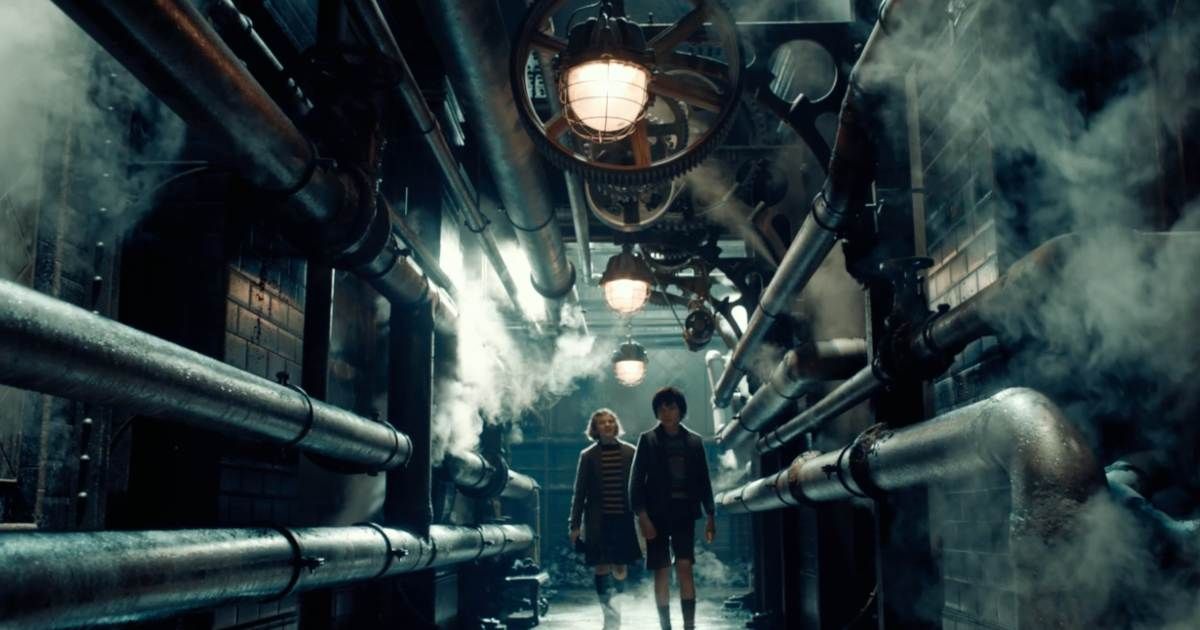Released in 2011 and directed by Martin Scorsese in his first family-friendly film, Hugo follows the story of orphaned Hugo Cabret who lives in the walls of a train station, and is tasked with maintaining the station's clocks. His mostly solitary life revolves around the broken automaton that his father left him and that he is determined to fix. Hugo's life changes when he meets Isabelle and her godfather Papa Georges, who turns out to be more than just a toy merchant.
Nominated for a staggering 11 Academy Awards, including a nomination for Scorsese for Best Director, and taking home five awards that night, Hugo is a one-of-a-kind film. While it was considered a box-office flop, it is universally acclaimed as a masterpiece and an all-around work of art by the director who uses this friendly adventure to pay tribute to the medium he's best at: cinema. He recreates the silent films of Georges Méliès in a unique and accurate way that represents exactly what the medium looked like back then, and how the audiences reacted to moving images on a screen.
More than a decade later, Hugo is still highly underrated by the public. As we keep celebrating Scorsese's Killers of the Flower Moon, his return to the genre that made him one of Hollywood's most important filmmakers, here's a throwback to a forgotten Scorsese epic that could easily be one of the best films he's ever made.
Update November 12, 2023: Hugo is approaching its 12-year anniversary, and with Killers of the Flower Moons currently playing in theaters look back at one of the director's most underappreciated films.
Unique Use of 3D Animation
3D films saw a resurgence in popularity, particularly around the time that Hugo was released. Kicked off by Avatar in 2009, every major studio was chasing 3D as the next big fad. This often led to cheap post-3D conversations, yet Scorsese shot the film in 3D. Scorsese’s choice to shoot the film in 3D was a brave decision as Hugo was his first venture into 3D filmmaking, and he was also tackling an unexplored genre. Nevertheless, he didn't disappoint anybody.
The amazing CGI of the film was only enhanced by the use of 3D of the film, without overpowering the plot in any way (as many 3D movies do by placing too great an emphasis on the special effects rather than the story). It wasn't a gimmick but a window into Scorsese's ability to play with framing and composition. Of course, as popular as it was, it also showed audiences that Scorsese was capable of embracing new technology, something he would show years later with his work on The Irishman. The result was a beautiful yet not over-exposed film that Scorsese's fans found to be incredibly compelling.
Exploration of Film History
Hugo has special appeal to cinephiles as the story revolves around real-life magician, illusionist, experimenter and filmmaker Georges Méliès, the man who pioneered many techniques to get film where it is today. His most known film to date is Le Voyage dans la Lune or A Trip to the Moon, which uses many techniques to give the illusion of a trip on a rocket to the moon until it famously crashes into the moon’s face.
It tells version of the true story of the silent film era: how films were made and how difficult they were to make. Scorsese’s recreations of many of the Georges Méliès films are made with elaborate look-alike sets and makeup. Hugo explores every aspect of filmmaking, from lighting to editing, but it also tells the sad truth about what happened to many of the films of that era and why they were lost for many reasons.
This commentary by Scorsese perhaps seems a little out of place, considering the film's target. But Hugo is also a great history document that uses beautiful aesthetics to fictionalize a version of our past. He doesn't aim to make a realistic film, or one that's based on true events. As usual, he just wants to teach, and this is one of his great masterclasses.
Its Message About the Importance of Preservation
It is said that less than 20% of the films from the silent film era remain, as most were lost to time and unable to be restored due to improper care. The films that remain from this era have been digitized for preservation. Hugo explores the collective lack of interest in preserving the art created by Méliès, the man who could be the reason why movies exist in the first place.
Scorsese’s film sends an overall message about the importance of preserving the past, rather than simply wishing to move forward, with special emphasis on the arts, in order to appreciate where we come from and to help us grow and evolve. Méliès reveals the sad truth of what happened to most of his films and why he stopped making films altogether: he sold his film negatives to be melted down into raw materials. This is a great loss to the creative community as those films could have been studied and brought the film industry to new heights.
The bottom line: preservation is key to growth and evolution. Scorsese's relationship to this side of cinema is essential and groundbreaking. But not many people acknowledge his importance for cinema preservation. Hugo was a great document where he explained to the mainstream why he does what he does and why he should be doing it.
Appropriate for All Ages
While the film may cover many aspects of film history and movie-making, Hugo's character makes the film appeal to children. Hugo’s solitary life is sad, but that doesn’t stop the child from trying to live his life and incorporating meaning into it. While the adults enjoy the plot and story of the iconic Georges Méliès, the children watch Hugo and sympathize with the lonely kid, perhaps seeing a friend in him.
Scorsese is a master of his craft, and he does a great job at giving depth to characters early on. While he doesn't cut back on running time (126 minutes), he does a good job recognizing who the film may be for. The pace is fast, and the movie doesn't linger in unnecessary side plots. This is a fantasy about how love for films and their craft starts early on for a lonely boy.
Making a movie about silent films that appeal to even the youngest of audiences is not an easy task. Also, with Scorsese’s filmography, including violent flicks like Goodfellas and Taxi Driver, a family-friendly film like Hugo doesn’t seem like something he would excel in. However, he rose to the occasion and provided a heart-warming, entertaining film for families to watch together.
Hugo is Close to Scorsese’s Heart
Hugo is a movie about movies. Martin Scorsese is a director with a true passion for filmmaking, and it gave him the opportunity to go deeper into the history of film and share the feelings that these films bring to the public. As expected, the film doesn't end on a traditional Scorsese note of gloomy morals. Instead, he goes for a more traditional conclusion that adds depth to the character Hugo and his story's relation to the resurgence of Méliès as a visionary, the man whose ideas would translate into the magic of modern cinema.
It was divisive more than a decade ago, and surely it is still a black sheep for many, but Hugo doesn't aim to be anything more than a fantastic tale about passion and perseverance, two of the things Scorsese keeps alive in his mind to be the most important cinema curator in modern times. Again, this is a masterclass about cinema that most critics loved, set in a family-friendly frame that doesn't call for the usual drama of Scorsese's filmography. This is a change in his vision that was necessary for younger audiences to see and understand the complex minds of Méliès, and Scorsese.
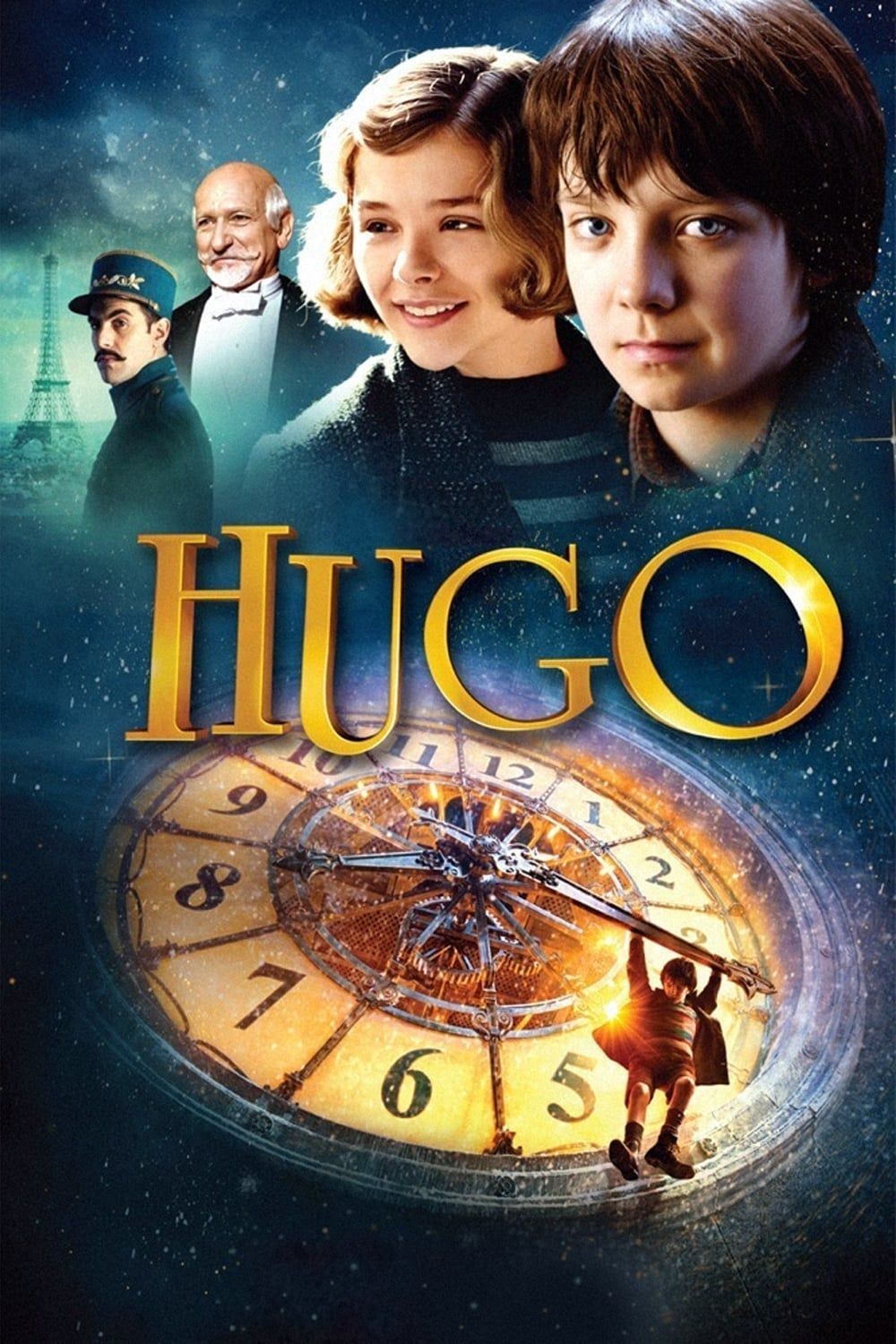
Hugo
- Release Date
- November 22, 2011
- Director
- Martin Scorsese
- Cast
- Ben Kingsley , Sacha Baron Cohen , Asa Butterfield , Chloe Moretz , Ray Winstone , Emily Mortimer
- Runtime
- 127
- Main Genre
- Adventure
You can stream Hugo on Prime Video or Paramount+.

